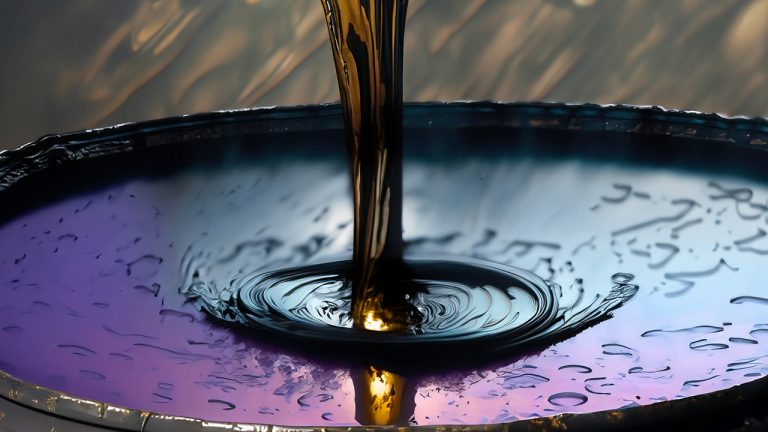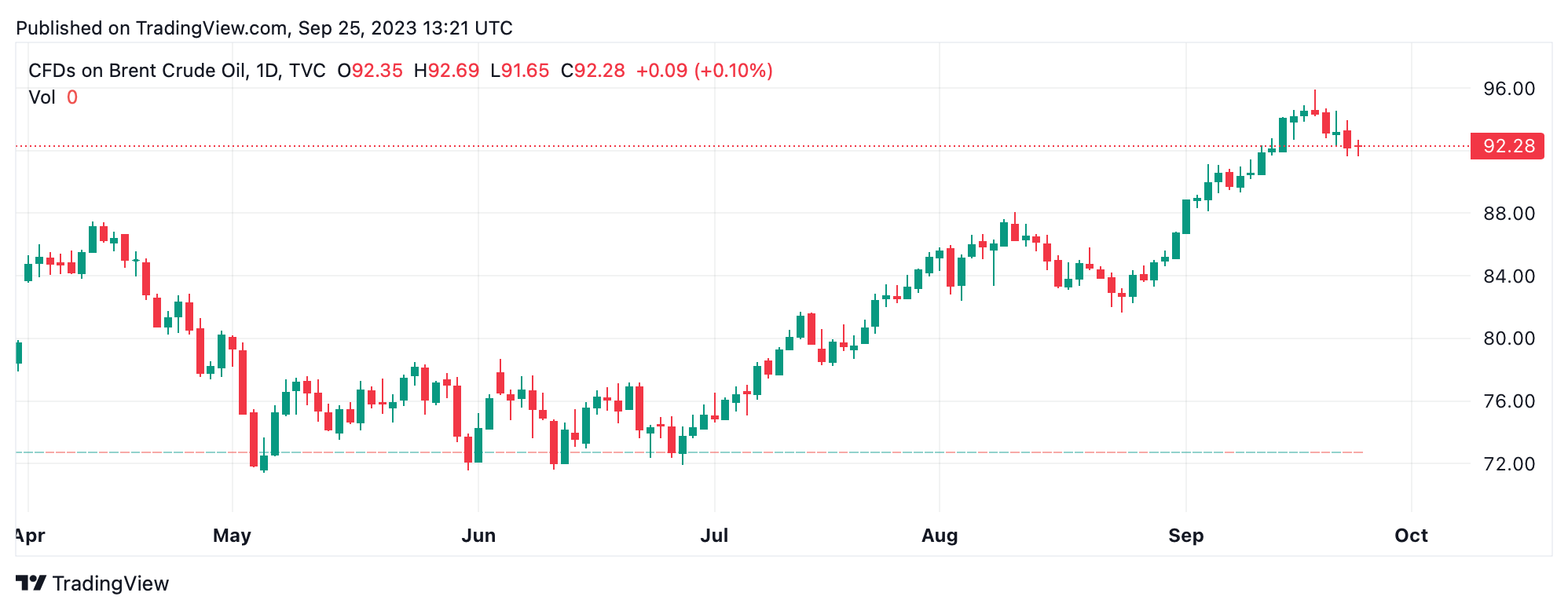Crude Oil on the Rise: JPMorgan Predicts a Surge to $150 per Barrel Amidst Global ‘Energy Supercycle’
Publikováno: 25.9.2023
 Christyan Malek, the lead for EMEA energy equity research at JPMorgan, predicts that by 2026, crude oil prices could soar to $150 a barrel. Malek believes a looming energy supercycle could be the driving force pushing crude prices upward. Another significant factor, Malek points out, is the “institutional and policy-led pressures” hastening the shift from […]
Christyan Malek, the lead for EMEA energy equity research at JPMorgan, predicts that by 2026, crude oil prices could soar to $150 a barrel. Malek believes a looming energy supercycle could be the driving force pushing crude prices upward. Another significant factor, Malek points out, is the “institutional and policy-led pressures” hastening the shift from […]

Christyan Malek, the lead for EMEA energy equity research at JPMorgan, predicts that by 2026, crude oil prices could soar to $150 a barrel. Malek believes a looming energy supercycle could be the driving force pushing crude prices upward. Another significant factor, Malek points out, is the “institutional and policy-led pressures” hastening the shift from hydrocarbons.
JPMorgan’s EMEA Energy Equity Strategist Flags ‘Supercycle’
After the Organization of the Petroleum Exporting Countries’ (OPEC) decision to cut oil production, Brent and WTI crude prices have surged past the $90 per barrel mark. The year 2023 has been eventful with the unmistakable stamp of de-dollarization, the conflict between Ukraine and Russia, and energy collaborations among BRICS countries.

Just a week ago, Russia’s Tass News unveiled a significant shift: Gazprom Neft, a top Russian oil distributor, has moved entirely away from using U.S. dollars and euros. Speaking with Bloomberg in a recent broadcast, JPMorgan’s head of EMEA energy equity research, Christyan Malek, projected that oil might touch the $150 per barrel threshold in a mere three years.
“Put your seatbelts on. It’s going to be a very volatile supercycle,” Malek told Bloomberg. The JPMorgan analyst also published a note to investors about the energy supercycle theory.
”[Long term] appears well underpinned by tight [supply and demand] balances and elevated corporate breakevens, while OPEC’s falling spare capacity generates additional risk premium of ~$20/bbl based on periods in the past that have experienced reduced levels of spare capacity,” Malek wrote.
In Malek’s forecast, there will be a shortfall of 1.1 million barrels a day in 2025, escalating to 7.1 million by 2030. He’s not the only one ringing alarm bells. An International Energy Agency (IEA) report from August also signals an upward trajectory for oil prices.
Furthermore, U.S. Bureau of Labor Statistics data from August showed a 0.6% increase, largely tied to the rise in energy costs. Last year, an analyst from Goldman Sachs anticipated Brent reaching $110 per barrel by mid-2023, a sentiment echoed by Morgan Stanley’s commodity experts.
What do you think about the JPMorgan strategist’s outlook on barrels of oil? Share your thoughts and opinions about this subject in the comments section below.